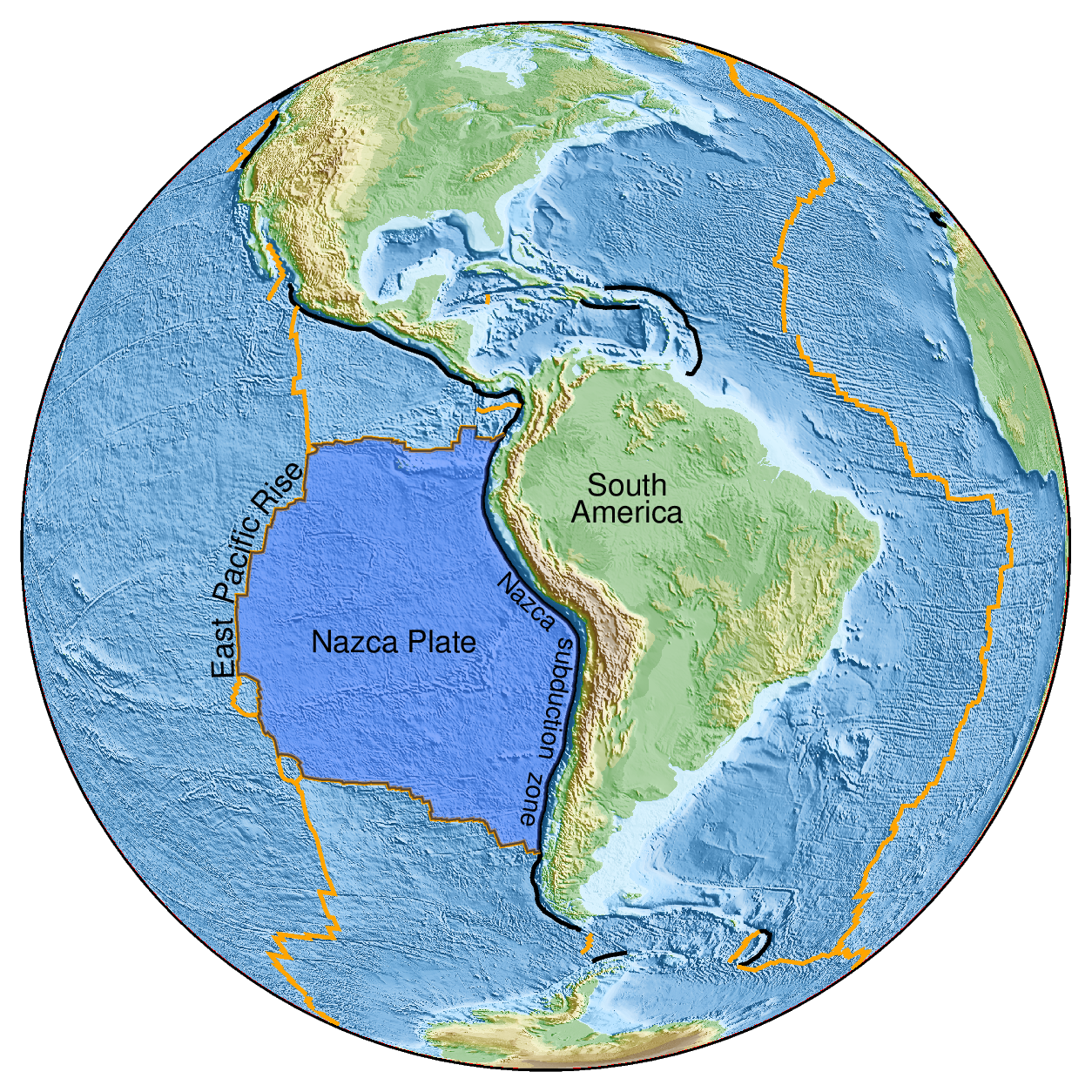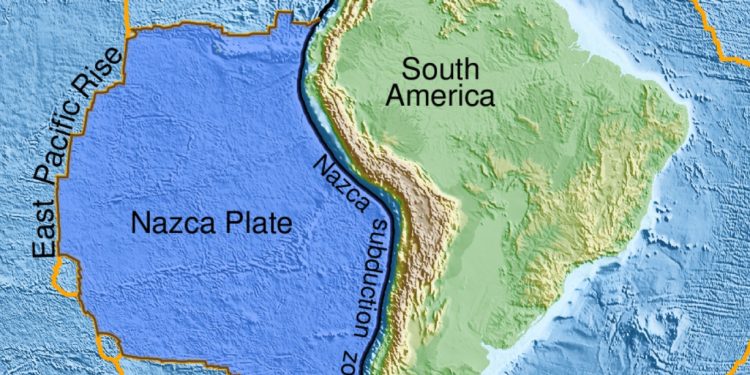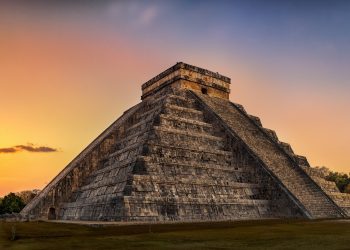Geologists have made a remarkable discovery beneath the Pacific Ocean—a hidden subduction zone that offers a rare glimpse into Earth’s ancient past. This breakthrough could potentially reshape how we understand the planet’s deep inner layers and the processes that have sculpted its surface for millions of years.
A research team from the University of Maryland, using cutting-edge seismic imaging technology, uncovered a thick section of ancient seafloor buried more than 250 million years ago. This newly identified subduction zone, deep beneath the East Pacific Rise, may hold the key to understanding the mysterious dynamics of Earth’s mantle and its evolution.
According to Dr. Jingchuan Wang, one of the lead researchers, “This discovery is like finding a geological fossil, a remnant of the seafloor that sank into the Earth’s mantle over 250 million years ago. It’s offering us a window into Earth’s interior that we’ve never had before.”
A Window into Earth’s Ancient Past
Subduction zones are places where tectonic plates collide, and one plate is forced beneath another, sinking into the Earth’s mantle. This process has been well-documented at Earth’s surface through seismic activity and volcanic eruptions. However, the discovery of such a zone at extreme depths opens up new perspectives on how material from the surface interacts with the planet’s deeper layers.
The study, published in Science Advances, used seismic waves generated by earthquakes to peer into Earth’s mantle. These waves act like an ultrasound for the planet, revealing a thick, previously unstudied section of the seafloor trapped in a region called the mantle transition zone, located between 255 and 410 miles below the surface.
Researchers found that this ancient slab of seafloor may explain unusual features in the Pacific Large Low Shear Velocity Province (LLSVP), a massive structure within Earth’s lower mantle. This discovery challenges existing models of how the mantle flows and could alter how scientists think about mantle convection—the process by which heat and material are transported within the Earth.
Seismic Imaging Reveals Deep Earth Mysteries

Traditionally, scientists have studied subduction zones by analyzing rock samples from Earth’s surface. However, Wang and his team employed advanced seismic imaging techniques to study structures buried deep within the planet. Seismic imaging works similarly to a medical CT scan, allowing researchers to build cross-sectional images of the Earth’s interior.
By observing the speed at which seismic waves move through different parts of the mantle, researchers identified that the subducted slab beneath the East Pacific Rise was moving more slowly than expected. This finding suggests that the mantle transition zone might act as a barrier, slowing down the sinking material. “We found that the material was sinking at about half the speed we had anticipated,” Dr. Wang explained. “This raises intriguing questions about how this transition zone affects the movement of material in Earth’s deep interior.”
Implications for Earth—and Beyond
This discovery has profound implications for understanding not only Earth’s past but also how subducted slabs interact with other features in the lower mantle, such as superplumes that drive volcanic activity. It may also help explain geological phenomena across vast distances and timescales.
Moreover, the findings could have far-reaching effects beyond our planet. As Dr. Wang and his team continue to map more hidden subduction zones around the Pacific Ocean, their research could provide valuable insights into similar geological processes on other planets.
“This is only the beginning,” Wang noted. “We believe many more ancient structures are waiting to be uncovered within Earth’s interior. Each new discovery not only deepens our understanding of Earth’s history but might even help us understand how these processes work on other planets.”
I guess that by peering into Earth’s deep past, geologists are rewriting the story of our planet—one ancient subduction zone at a time.











